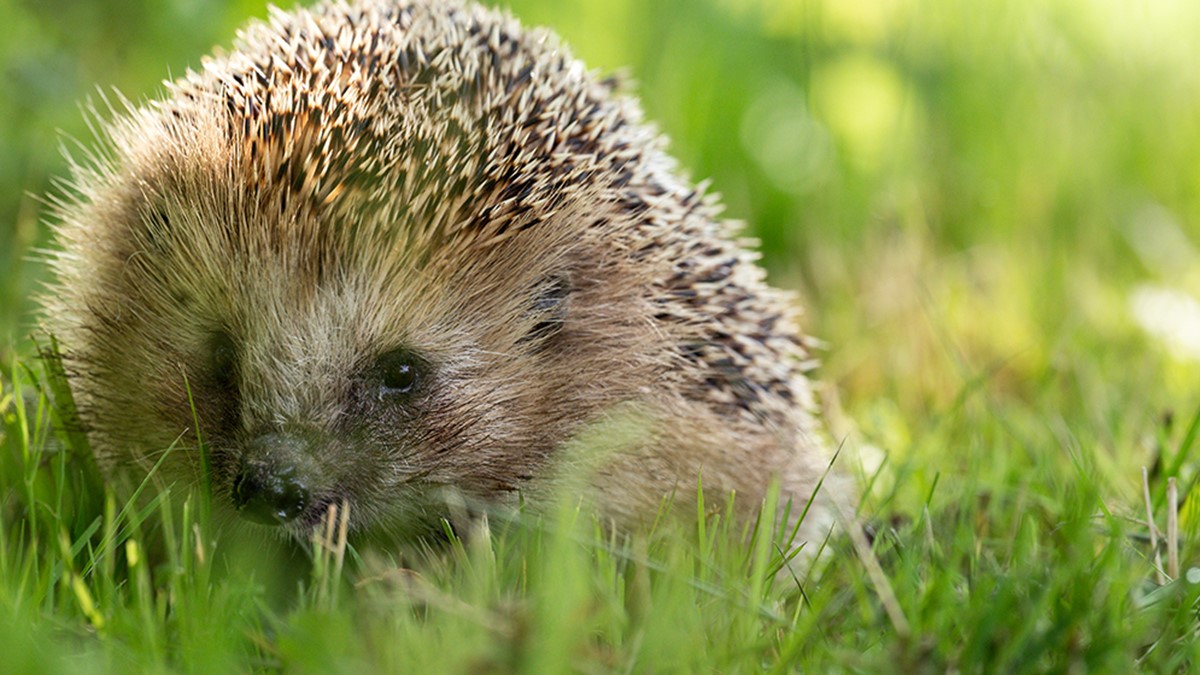European hedgehog
Erinaceus europaeusThe hedgehog is found across much of Sweden – from the south up to Dalarna, with some local populations in Jämtland and along the coast of northern Sweden. It’s estimated that around 30,000 hedgehogs remain in the wild, and the species is currently listed as Near Threatened on the Swedeish redlist.
Size: 20-30 cm

Hedgehogs are mostly nocturnal and feed on earthworms, slugs, insects, and other invertebrates. They often search for food in towns, gardens, and residential areas. One of the hedgehog’s most distinctive features is its coat of stiff, dark brown or greyish-white spines, which cover most of the body apart from the head and belly. These spines act as protection – at the first sign of danger, the hedgehog curls up tightly, tucking in its head and feet to form a prickly ball. The sharp spines make it nearly impossible for predators to reach them.
Hedgehogs rely on good places to hibernate. But today, changes in our landscapes and communities have led to a sharp decline in suitable winter shelters. As open countryside disappears and becomes overgrown, hedgehogs struggle to find food. Road traffic is another serious threat, killing many hedgehogs each year – and in some areas, local populations have vanished entirely as a result. Pesticides like rat poison and herbicides also affect Another growing threat is robotic lawnmowers, especially when they’re used at dawn or dusk – the times when hedgehogs are most active.



